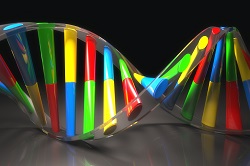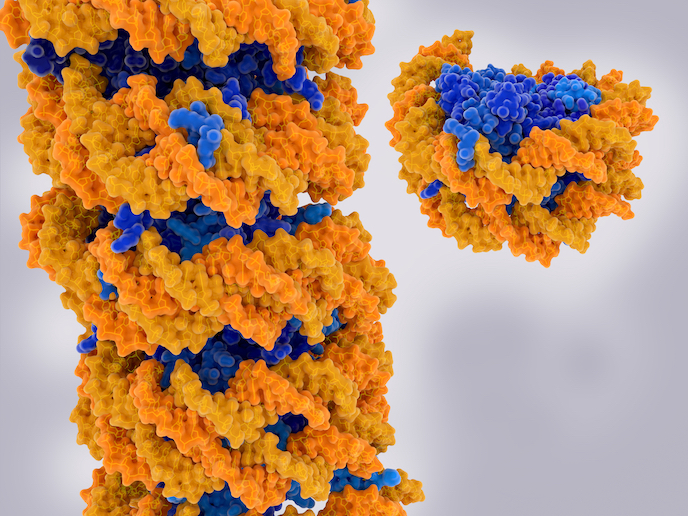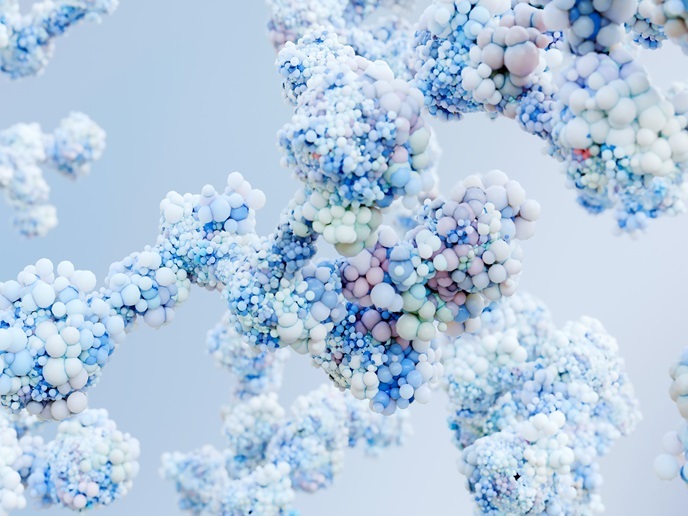Selectively assembling chemical building blocks with the help of man-made catalysts
Scientists have long been inspired by nature’s ability, guided by evolution, to build complex and elegant biological structures from relatively simple materials. Synthetic chemists look to the design and performance of natural materials such as co-enzyme A, to learn how to emulate their ability to generate synthetic diversity (such as exists among polyketides and alkaloids). The EU-funded ENOLCAT project set out to optimise this biomimetic approach in order to exploit simple materials towards selectively rendering diverse products with high degrees of control. The team aimed to develop new organic catalysis strategies which were both specifically applicable, while also contributing to a more comprehensive mechanistic understanding of these underlying processes. Catalysts for change deliver 3D chemistry Key to the work of ENOLCAT was the effective harnessing of catalysts, specifically a branch of chemistry where chemical complexity is associated with so-called molecular ‘chirality’. This is a geometric property whereby a molecule is non-superimposable on its mirror image. As the term chiral comes from the Greek word for hand, it is usually explained in terms of the non- superimposability of a right hand over its mirror image, the left hand – as witnessed by the inability to wear the left glove on the right hand. ENOLCAT coordinator Professor Andrew Smith points out that chirality has very important consequences for synthetic chemistry. As he puts it, ‘In terms of constructing molecules, selectivity is key; you need to control how you build them. You need to control if you build from the top or bottom, or left and right-hand sides of a structure, just like a LEGO building block, to decide the final outcome of putting these blocks together.’ This degree of control is referred to as ‘regio and enantiocontrol’; ENOLCAT augmented the control of the reaction processes themselves, to achieve the desired balanced arrangement or ‘stereochemistry’ of the atoms in the resulting chemical products. Without this control chemical compounds such as pharmaceutical drugs can be ineffective. In the laboratory the team succeeded in using man-made (isothiourea) catalysts, to achieve the transformation of a simple chemical building block (a carboxylic acid), in situ in a domino reaction sequence, into a diverse series of molecular architectures (equivalents of enol and acyl donor species) with control of their 3D-orientation. As Professor Smith enthuses, ‘Seeing new reaction processes transform from the drawing board to being put into practice in the laboratory is always an exciting transition.’ Following the path of chemodiversity When selecting specific targets for ENOLCAT’s work Professor Smith recalls that, ‘We tried to choose targets according to need. Many pharmaceutical targets are made up of rings of atoms bonded together (carbo- and heterocycles) and so we concentrated on developing alternative and bespoke methods for preparing those.’ Improved catalysis enables industrial processes that are efficient, minimise energy, waste and harmful by-products, for the delivery of key products. Making its own contribution to theses efforts, as Professor Smith concludes, ‘ENOLCAT has provided bespoke catalytic solutions to problems of industrial relevance, some of which are being applied on large scale, to generate key bioactive target molecules that may be of long-term benefit to society.’







